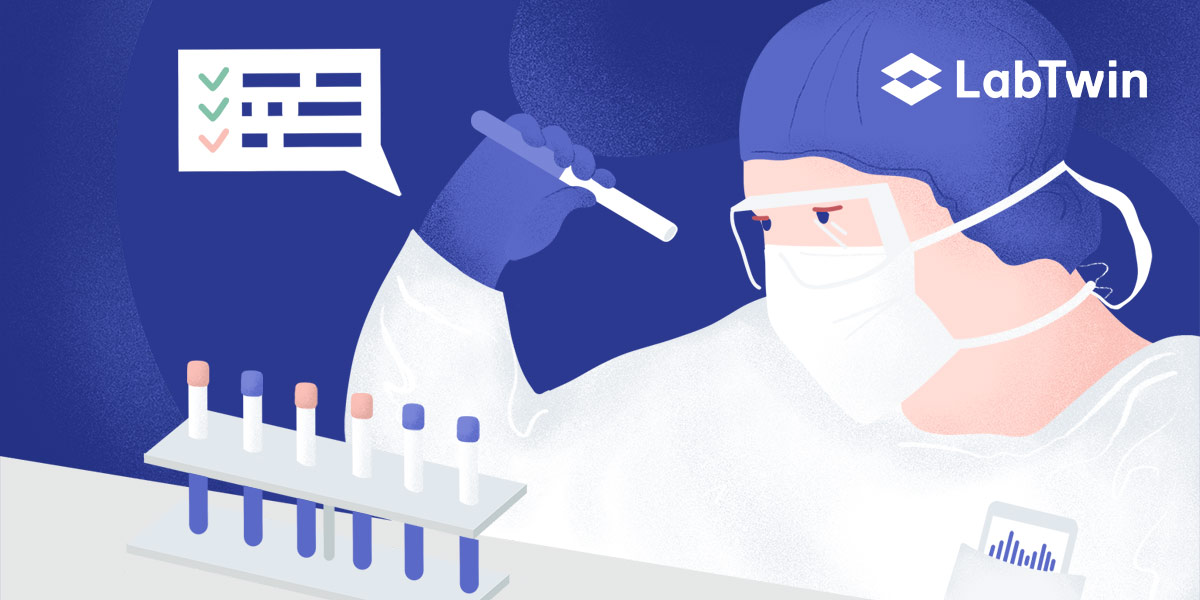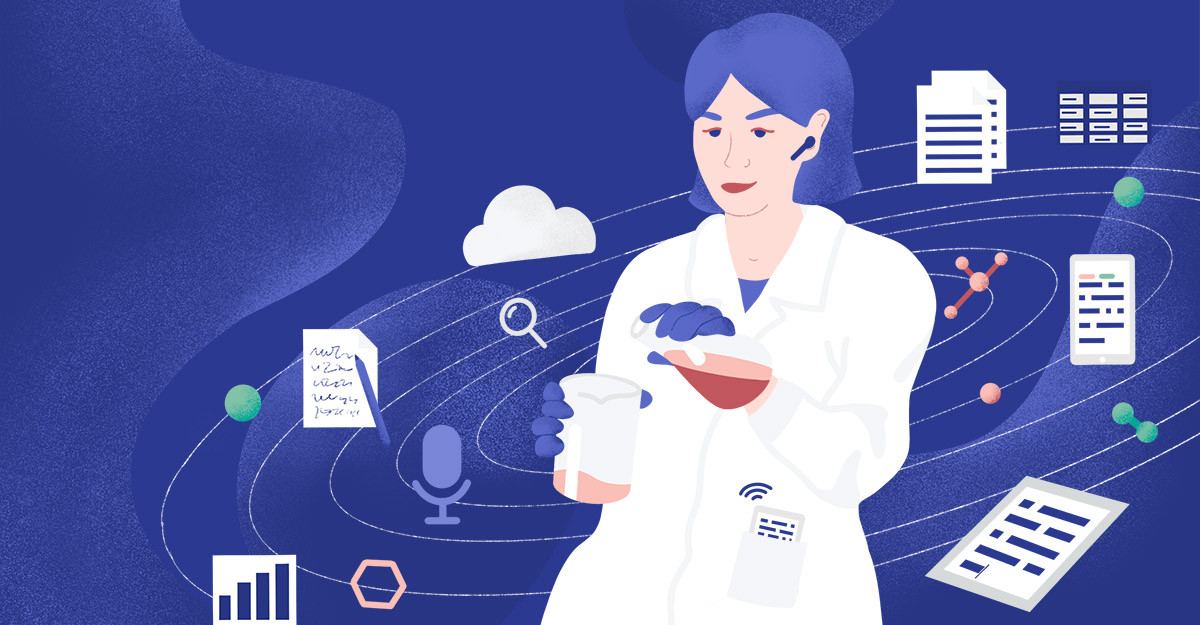Pharmaceutical companies face increasing pricing pressure on new medicines, and many have turned to automation to shorten product development timelines, facilitate compliance and reduce costs. By automating repetitive manual tasks, such as..
We are in the Age of Information. The recent exponential increase in computational power now enables data-driven decisions across organizations, streamlining workflows and improving efficiency. Therefore, many companies are searching for the best..
The Fourth Industrial Revolution or Industry 4.0 is characterized by a fusion of the digital, biological, and physical worlds. The main feature of this revolution has been an increased incorporation of new technologies featuring lab digitization and..
Current Good Manufacturing Practice (cGMP) regulations require that companies maintain minimum standards for processes, equipment, facilities and quality management systems. However, it can be challenging to accurately record and track various data..
The COVID-19 pandemic has highlighted the importance of pharmaceutical R&D. Billions of people around the world are pinning their hopes on a new COVID-19 vaccine to end the exponential infections, death rates and social restrictions. The..
We all expect that the medicine we receive is safe and effective. For pharmaceutical products to meet these requirements, regulatory authorities, such as the European Medicines Agency (EMA) or the U.S. Food and Drug Administration (FDA), ensure..
With cloud technology, pharma companies can leverage big data, automation and advanced analytics to create nimble, collaborative processes. In a recent interactive roundtable, experts from Bayer, Cytiva and LabTwin discussed how cloud..
Steve Jobs famously said of his customers, “Our job is to figure out what they're going to want before they do.” This user-centered design approach saw Apple grow into a household name, and today there are 1.4 billion active Apple devices around the..
KEY TAKEAWAYS - Digitization, the process of turning paper-based information into a digital format, makes research more efficient and reproducible, saving time and money. In the U.S. alone, over $28B are lost annually on research that is not..











